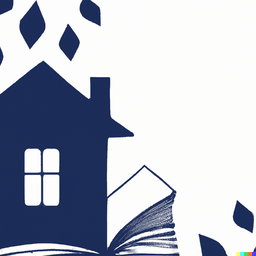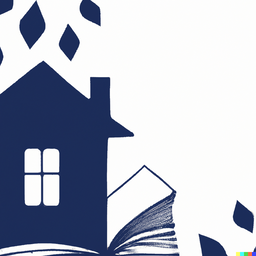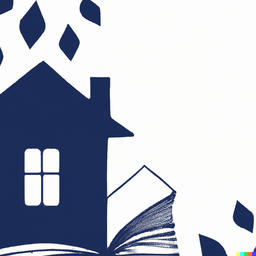
How does "House of Leaves" interact with literary, philosophical, and theoretical texts referenced within it?
Mark Z. Danielewski’s postmodern horror novel House of Leaves is densely layered with allusions to existing works spanning literature, critical theory, philosophy, film, art, and science. Examining how Danielewski incorporates and manipulates these intertextual references provides insight into his sophisticated engagement with epistemology, metaphysics, and the limitations of language.
Blurring Boundaries - Real and Fictional Scholars in House of Leaves
Danielewski frequently cites real theoretical texts from Derrida, Lacan, and others when elaborating fictional scholarly analyses of the Navidson Record film and house. By situating fabricated critiques within real philosophical frameworks, Danielewski blurs boundaries between critical rumination and imaginative creation.
Allusions to works like The Odyssey, Virginia Woolf’s A Room of One’s Own, and Bram Stoker’s Dracula establish eerie thematic parallels with the story while deepening its literary resonance. Danielewski implies interconnection between all narratives exploring existentialism and humanity’s dark heart.
Intertextual Tapestry - Weaving Meaning from Fragmented Truths in House of Leaves
Ultimately the composite of references creates an intertextual tapestry interrogating perception, language, and the unknown. Drawing from varied sources reinforces that absolute truth remains ever elusive; meaning can only be woven from manifold fragments of philosophy, art, and literature reflecting truth’s facets.
Synthesizing Tradition - Danielewski's Masterful Engagement with Epistemology
Through its densely allusive architecture, House of Leaves enters complex conversation with centuries of epistemological thought focused on humanity’s attempt to define reality and existence through creative expression. Danielewski’s masterful synthesis both honors and deconstructs this tradition.
Popular posts
-

Unofficial Sparknotes Guide to "House of Leaves" by Mark Z. Danielewski
November 2nd, 2023
-

Chapter Summaries of "House of Leaves"
November 2nd, 2023
-

Character Analyses in "House of Leaves"
November 2nd, 2023
-

Themes in "House of Leaves"
November 2nd, 2023
-

Notable Quotes from "House of Leaves"
November 2nd, 2023
-

Discussion Questions for "House of Leaves"
November 2nd, 2023